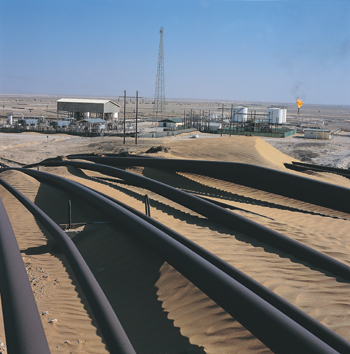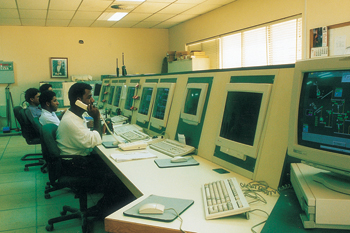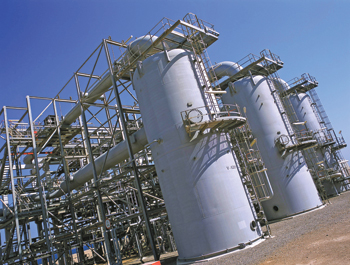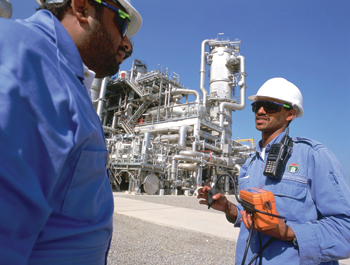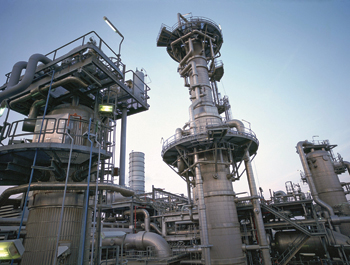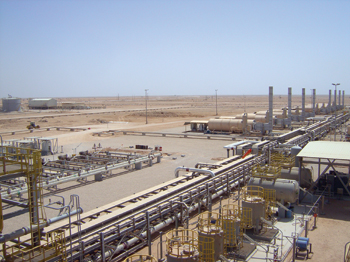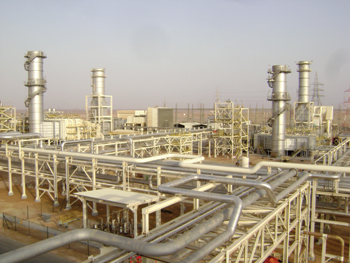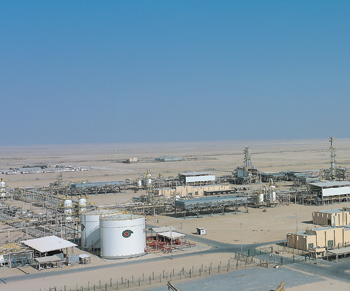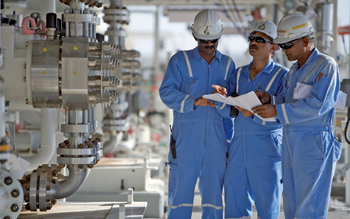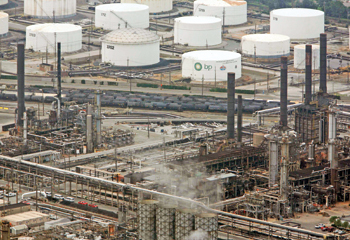
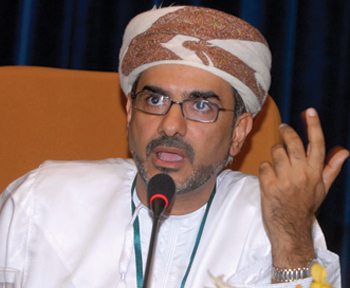 Rumhy ... Oman is ‘consuming’ more than it produces
Rumhy ... Oman is ‘consuming’ more than it produces
OMAN wants oil production of at least 950,000 bpd for the next decade, oil and gas undersecretary Salim Al Aufi says.
“If we reach 1 million bpd, that would be good for the country,” Aufi also told reporters, adding the ministry’s five-year plan called for crude and condensate production of 950,000-960,000 bpd from 2014-18.
Latest ministry data showed January crude and condensate production rose 1.5 per cent month on month to 958,571 bpd, which was 2 per cent higher year on year. Output averaged 941,949 bpd in 2013. Aufi says Oman added 517 million barrels of crude and condensate reserves last year through exploration and development, with 343 million barrels produced, meaning total oil reserves at end-2013 were nearly 5.7 billion barrels.
Oman’s gas reserves, meanwhile, have increased 7.9 tcf since December as a result of a joint venture agreement signed between the government and BP to develop the $16 billion Khazzan tight gas project. Its gas reserves stood at 33.5 tcf at the end of 2012, BP estimated in its latest Statistical Review of World Energy.
BP Oman general manager Dave Campbell says the Khazzan joint venture, in which BP has a 60 per cent interest, had awarded 180 contracts with a total value exceeding $3.6 billion in the past three months.
First gas from the project was expected in late 2017, with output planned to ramp up to a plateau rate of 1 bcfd in 2018 and to be maintained at that level for 15 years.
The Khazzan project was BP’s second-biggest worldwide after the Shah Deniz development in the Azeri sector of the Caspian Sea, Campbell says, adding it would entail eight rigs working simultaneously to drill 300 wells, most of them horizontal.
Following a successful pilot test, the next step was to scale up using BP’s experience with tight gas plays in North America, he says.
Oil and gas minister Mohammed Al Rumhy says Oman’s appetite for natural gas was outstripping its ability to increase domestic production – a situation likely to persist at least until Khazzan’s start-up.
“We can consume more but we probably cannot produce more right now,” he says, adding Oman was continuing gas supply talks with Iran. Whether we will reach an agreement in the first quarter, I am not sure,” Rumhy says, adding the talks were currently dealing with technical issues including gas quality and the precise sourcing of potential supplies.
Exporting Iranian gas using Oman’s LNG production facilities was an option, as Iranian gas would not be cheap, he says.
Meanwhile, the head of state-owned Oman Oil Refineries and Petroleum Industries Co, or Orpic, says he expects to complete three major projects between 2016 and 2018.
The Sohar Refinery Improvement Project, which aims to improve the existing refinery’s ability to process heavier crude by adding five new units, is scheduled for completion in 2016, Musab Al Mahruqi says at a briefing in Muscat.
The development plan calls for the refinery’s annual fuel production capacity to be increased by 4.2 million mt to 13 million mt. The main engineering, procurement and construction contract was awarded to a consortium of South Korea’s Daelim and the UK’s Petrofac in November 2013. Due partly to current inefficiencies, Orpic imported 4.4 million barrels of gasoline and diesel last year to cover domestic shortages, Mahruqi says.
Another major project, the construction of a two-way, multi-product pipeline system between the country’s two existing oil refineries, is to be completed within the 2016-17 time-frame.
Mahruqi says Orpic plans to invest more than $7 billion in the next five years in development projects, including $3 billion for the Sohar refinery upgrade.
Rumhy says that if the Sohar refinery expansion were completed today, it would take 80,000 bpd of oil production from Oman’s export stream. However, by 2018, the impact of the development on exports could be softened by new upstream development, he adds.
One thing that would certainly change, Rumhy says, was the quality of Oman’s export crude blend.
However, it wasn’t clear whether Omani export crude would become heavier or lighter because increased output from heavy crude projects in the sultanate would be offset by increased condensate supply from non-associated gas fields such as the BP-led Khazzan tight gas project. “The quality will change, but time will tell in which direction,” Rumhy says.



















































































